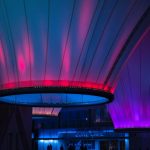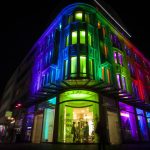LED Light Fixtures Lifespan: How Long Do They Last and What You Need to Know
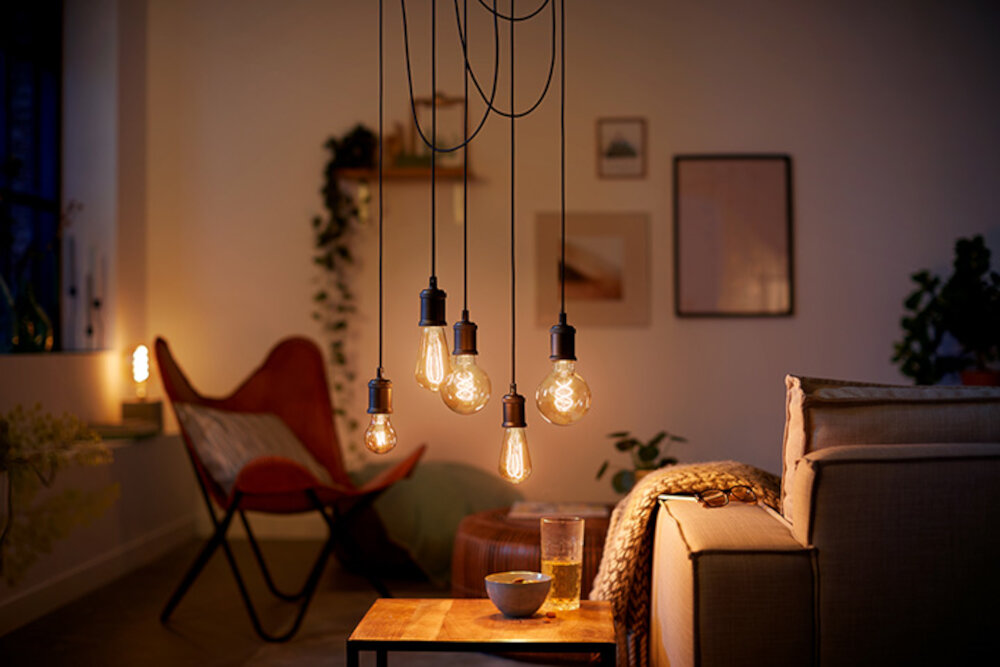
LED light fixtures have become increasingly popular in recent years as they provide a more energy-efficient and cost-effective lighting solution compared to traditional incandescent bulbs. However, when it comes to investing in LED light fixtures, one question that often arises is how long they last. The lifespan of LED light fixtures is a crucial factor to consider before making a purchase, as it can affect both the cost and maintenance requirements of your lighting system. LED light fixtures are designed to be long-lasting, with manufacturers claiming that they can last up to 50,000 hours or more. However, the lifespan of LED light fixtures can vary depending on various factors such as the quality of the product, the operating conditions, and the maintenance practices. Understanding these factors can help you make an informed decision when choosing the right LED light fixtures for your needs, as well as help you prolong their lifespan and ensure optimal performance. In this article, we will explore how long LED light fixtures last, what affects their lifespan, and what you need to know to maximize their longevity.
LED light fixtures are a type of lighting that uses light-emitting diodes (LEDs) as a source of illumination. These fixtures are known for their energy efficiency, long lifespan, and low maintenance requirements. LED light fixtures are available in a variety of styles and sizes, making them a versatile choice for any space. Unlike traditional light bulbs, LED fixtures do not have a filament that can burn out or break, which means they can last up to 25 times longer than incandescent bulbs. In addition, LED fixtures are highly durable and resistant to shock and vibration, making them ideal for outdoor and industrial applications. Another benefit of LED fixtures is their ability to emit light in a specific direction, which reduces waste and increases efficiency. Overall, LED light fixtures are a smart choice for anyone looking to save money on energy bills and reduce their environmental impact.
The lifespan of LED light fixtures is a crucial factor to consider when choosing lighting solutions. A longer lifespan not only means fewer replacements but also lower maintenance costs and reduced environmental impact. LED lights are known to have a longer lifespan than traditional lighting solutions like incandescent bulbs, but the actual lifespan can vary greatly depending on factors such as usage, heat management, and quality of manufacturing. It’s essential to choose high-quality LED fixtures and ensure proper installation and maintenance to maximize their lifespan. By doing so, you can enjoy the benefits of energy-efficient lighting while minimizing the hassle and costs associated with frequent replacements.
Factors Affecting LED Light Fixtures Lifespan
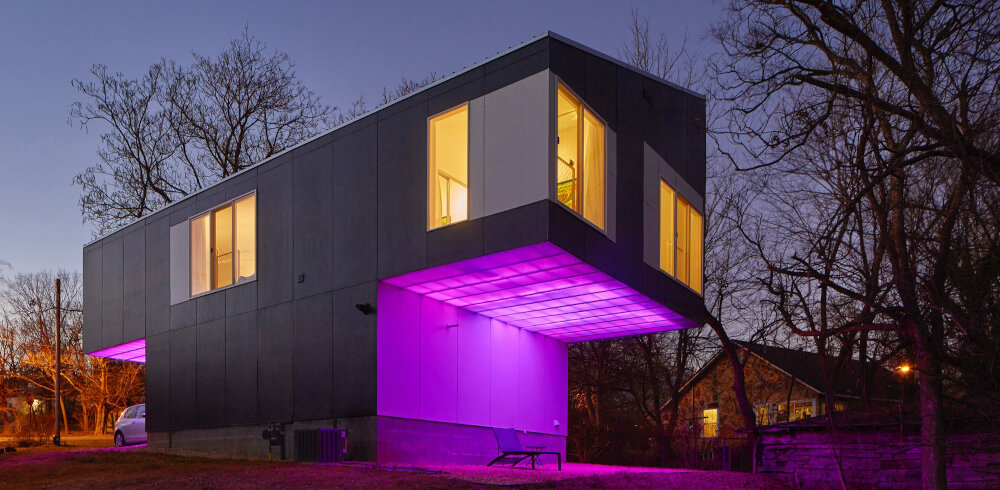
LED light fixtures are known for their long lifespan and energy efficiency, making them a popular choice for homes and businesses alike. However, the lifespan of LED light fixtures can vary depending on a variety of factors. One of the most important factors affecting LED light fixtures lifespan is the quality of the fixture itself. High-quality fixtures are typically made with better materials and are designed to withstand the wear and tear of everyday use, resulting in a longer lifespan. In contrast, low-quality fixtures may be more prone to failure, resulting in a shorter lifespan. Another factor affecting LED light fixtures lifespan is the quality of the LED chips used in the fixture. High-quality LED chips are designed to last longer and provide consistent performance over time. In contrast, low-quality LED chips may be more prone to failure or may degrade more quickly, resulting in a shorter lifespan for the fixture. Additionally, the temperature at which the LED chips operate can also affect the lifespan of the fixture. LED light fixtures that operate at higher temperatures may degrade more quickly, resulting in a shorter lifespan. Therefore, it is important to choose LED light fixtures that are designed to operate at the appropriate temperature range for optimal performance and lifespan.
Heat management is a crucial aspect to consider when it comes to LED light fixtures. Unlike traditional incandescent bulbs, LED lights produce a significant amount of heat that can shorten their lifespan if not managed properly. To ensure the longevity of your LED light fixtures, it is important to choose fixtures that have adequate heat sinking capabilities, as well as proper ventilation to dissipate heat. Additionally, using LED lights in environments with high ambient temperatures can also impact their lifespan, as heat buildup can cause damage to the LED chips. Proper heat management is key to maximizing the lifespan of your LED light fixtures and ensuring they continue to operate at peak performance for years to come.
The quality of components used in LED light fixtures is a crucial factor in determining their lifespan. High-quality components such as LED chips, drivers, and heat sinks are essential for ensuring the longevity and reliability of the fixtures. LED chips are the heart of the fixture and their quality directly affects the brightness, color, and lifespan of the light. Drivers are responsible for regulating the voltage and current supplied to the LEDs, and their quality can affect the efficiency and stability of the fixture. Heat sinks are important for dissipating excess heat generated by the LEDs, and their quality can impact the overall performance and lifespan of the fixture. Therefore, it is essential to choose LED light fixtures that are made with high-quality components to ensure a longer lifespan and better performance.
Usage patterns play a crucial role in determining the lifespan of LED light fixtures. The longevity of these fixtures is dependent on factors such as the frequency and duration of usage, the environment they are placed in, and the quality of the fixtures themselves. For instance, a fixture that is used for extended periods continuously will result in a shorter lifespan than one that is used in intervals. Similarly, fixtures placed in harsh environments such as extreme temperatures, humidity, or vibration are likely to experience reduced lifespan. It is, therefore, necessary to consider these usage patterns when selecting LED light fixtures and to maintain them appropriately to ensure they last as long as possible.
Environmental factors play a crucial role in determining the lifespan of LED light fixtures. These factors include the temperature and humidity levels of the environment in which the fixtures are installed. High temperatures can cause the light fixtures to overheat, which can lead to a shorter lifespan. Similarly, high humidity levels can cause corrosion and damage to the internal components of the fixtures. Proper ventilation and maintenance can help to mitigate these environmental factors and prolong the lifespan of LED light fixtures. Additionally, the quality of the materials used in the fixtures can also impact their durability and longevity, making it important to choose high-quality LED light fixtures that are designed to withstand a variety of environmental conditions.
How Long Do LED Light Fixtures Typically Last?
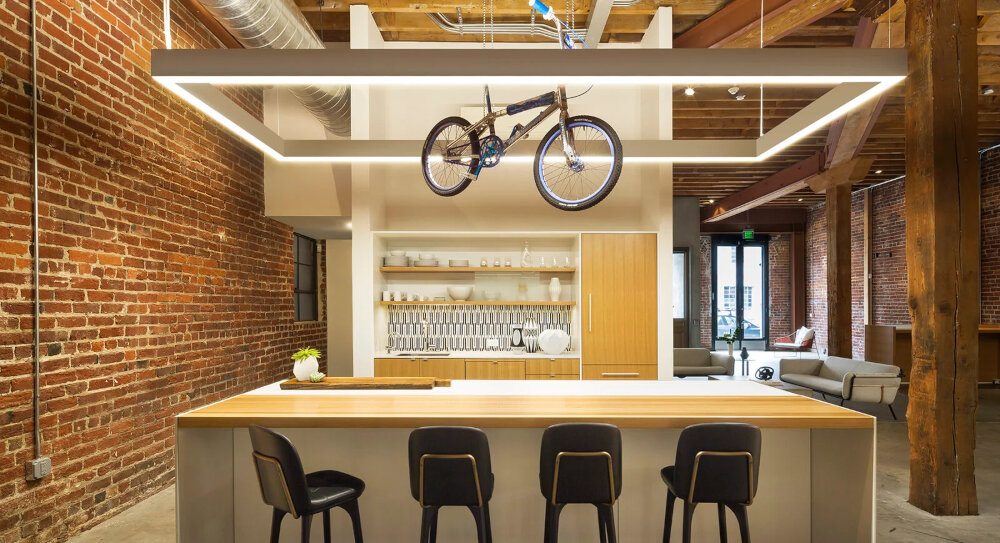
LED light fixtures have become increasingly popular in the lighting industry due to their energy efficiency and long lifespan. Unlike traditional incandescent bulbs, LED light fixtures can last for up to 25,000 hours or more. The lifespan of an LED light fixture is dependent on various factors such as the quality of the bulb, the operating conditions, and the maintenance of the fixture. The quality of the LED bulb is a crucial factor in determining the lifespan of the fixture. High-quality LED bulbs tend to last longer than low-quality ones, as they are made with better materials and go through rigorous testing before being sold. Additionally, the operating conditions of the fixture can affect its lifespan. LED fixtures that are exposed to high temperatures or humidity may deteriorate faster than those in controlled environments. Proper maintenance of the fixture, such as regular cleaning and replacing faulty components, can also extend its lifespan. Overall, an LED light fixture can last for several years with the right conditions and maintenance.
LED light fixtures are known for their long lifespan, making them an appealing lighting option for both residential and commercial settings. On average, LED light fixtures can last up to 50,000 hours or more, which is significantly longer than traditional incandescent or fluorescent bulbs. This longevity is due to the fact that LEDs don’t have a filament that can burn out over time, and they generate much less heat, reducing the risk of overheating or other damage. Additionally, LED technology has improved in recent years, leading to even longer lifespans and more efficient energy use. For those looking for a reliable and long-lasting lighting solution, LED light fixtures are a great choice.
When comparing LED light fixtures to traditional lighting options, there are several notable differences. First and foremost, LED lights have a significantly longer lifespan than traditional incandescent or fluorescent bulbs. This is due to the fact that LED lights are not reliant on filaments or gases, which can burn out or degrade over time. LED lights also use less energy than traditional bulbs, making them more energy-efficient and cost-effective in the long run. Additionally, LED lights produce less heat than traditional bulbs, which can help reduce cooling costs in certain settings. Overall, the benefits of LED light fixtures make them a superior choice for anyone looking to save money and reduce their environmental impact.
What You Need to Know About LED Light Fixtures Lifespan
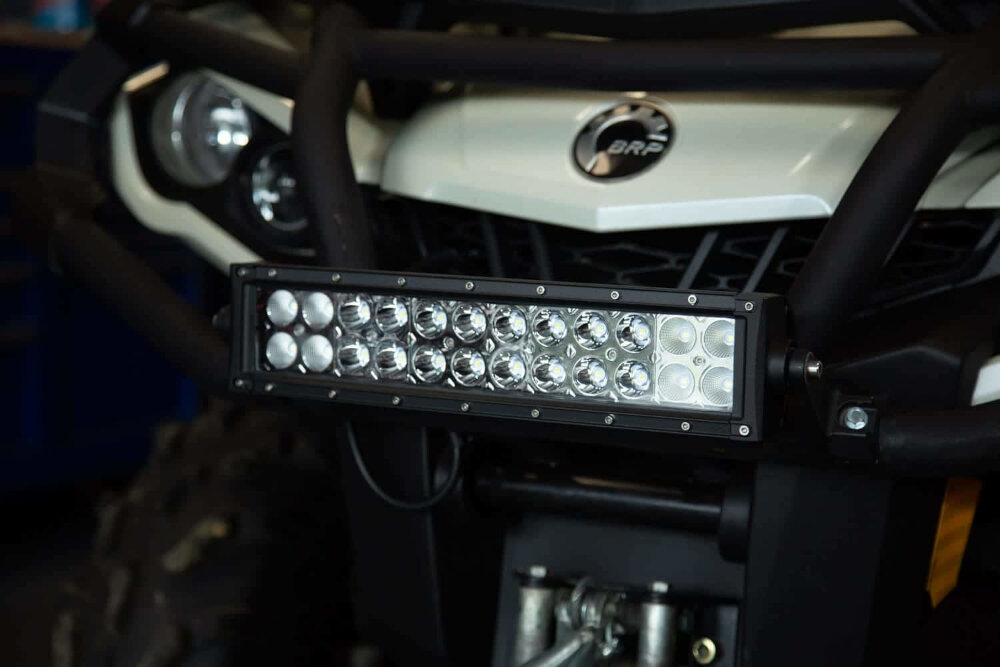
LED light fixtures lifespan is an important factor to consider when choosing lighting options for your home or business. LED lights are known for their long lifespan, which is one of the main reasons why they have become so popular in recent years. LED lights can last up to 25 times longer than traditional incandescent bulbs, making them a great investment for those looking for a durable and long-lasting lighting solution. The lifespan of LED light fixtures can vary depending on a number of factors, including the quality of the light fixture, the environment in which it is used, and how it is maintained. One of the main things you need to know about LED light fixtures lifespan is that they are designed to last a long time. LED lights are made up of a semiconductor material that is much more durable than the filament used in traditional incandescent bulbs. This means that LED lights can withstand more wear and tear, making them more resistant to damage and less likely to burn out. Additionally, LED lights are much more energy efficient than traditional bulbs, which means they generate less heat and put less strain on the fixture itself. This, in turn, can help to extend the lifespan of the light fixture and ensure that it continues to provide reliable and efficient lighting for many years to come.
To prolong the lifespan of LED light fixtures, regular maintenance and care are necessary. Firstly, ensure that the fixtures are installed correctly and are not exposed to excessive heat or moisture. Secondly, clean the fixtures regularly, removing any dust or debris that may accumulate on the surface or in the surrounding areas. Thirdly, avoid using harsh chemicals or abrasive materials during cleaning as this can cause damage to the fixtures. Lastly, inspect the fixtures periodically for any signs of wear or damage, such as flickering lights or cracks in the casing. By following these simple tips, you can extend the lifespan of your LED light fixtures, saving you time and money in the long run.
When purchasing LED light fixtures, it’s essential to understand the warranties and guarantees that come with them. A warranty is a promise from the manufacturer that their product will function as intended for a certain period. This period can vary, but most LED light fixtures come with a warranty of at least two years. A guarantee, on the other hand, is a promise that the manufacturer will replace or repair the product if it fails within a certain period. Guarantees are usually shorter than warranties, but they provide additional protection for the consumer. Understanding these terms can give you peace of mind when buying an LED light fixture and ensure that you get the most out of your investment.
Upgrading to newer technology is a wise decision for anyone looking to improve their lighting quality while reducing their energy bills. LED light fixtures offer an unbeatable lifespan, lasting up to 25 times longer than traditional incandescent bulbs. Additionally, they consume up to 80% less energy and emit less heat, making them an eco-friendly and cost-effective option. With LED technology constantly advancing, upgrading to newer models means you can benefit from even greater efficiency, brightness, and customization options. Overall, upgrading to LED light fixtures is a smart investment that will not only save you money but also improve the overall ambiance and functionality of your space.
In conclusion, LED light fixtures are a great long-term investment as they have an impressive lifespan compared to traditional lighting options. The lifespan of an LED light fixture can vary depending on factors such as usage, quality, and environmental conditions, but on average, they can last up to 50,000 hours or more. To ensure the longevity of your LED light fixtures, it is important to choose high-quality products, properly maintain them, and use them in appropriate environments. Additionally, LED light fixtures are energy-efficient, cost-effective, and provide many benefits such as reducing carbon footprint and improving overall lighting quality. With proper care and maintenance, LED light fixtures can provide reliable and efficient lighting for many years to come.
When choosing LED light fixtures, it is essential to consider their lifespan. Unlike traditional light bulbs, LED lights have a much longer lifespan, and this can make a significant difference in terms of energy efficiency and cost savings. LED lights can last up to 50,000 hours, which means they can last for years without needing to be replaced. This is not only good for the environment but also for your wallet. By choosing LED light fixtures with a long lifespan, you can reduce the frequency of replacements, which can save you money in the long run. Additionally, LED lights are more energy-efficient than traditional light bulbs, which means you can save even more money on your electricity bills. Overall, considering the lifespan of LED light fixtures is crucial if you want to make the most of their energy efficiency and cost savings.
Conclusion
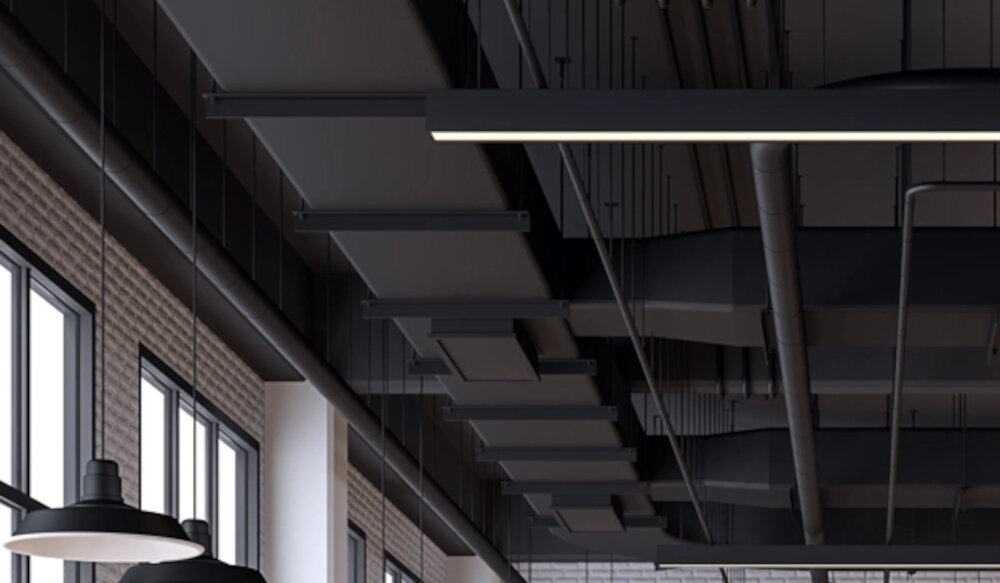
In conclusion, LED light fixtures are a reliable and energy-efficient lighting option that can significantly reduce your energy bills and carbon footprint. With an average lifespan of 50,000 to 100,000 hours, LED fixtures can last for many years and provide consistent, high-quality illumination. However, it’s important to choose the right LED light fixtures for your needs, as factors such as color temperature, wattage, and dimming capabilities can all affect their performance and longevity. By understanding the lifespan of LED light fixtures and what factors impact it, you can make informed decisions when selecting the right lighting for your home or business, and enjoy the benefits of long-lasting, energy-efficient illumination for years to come.



